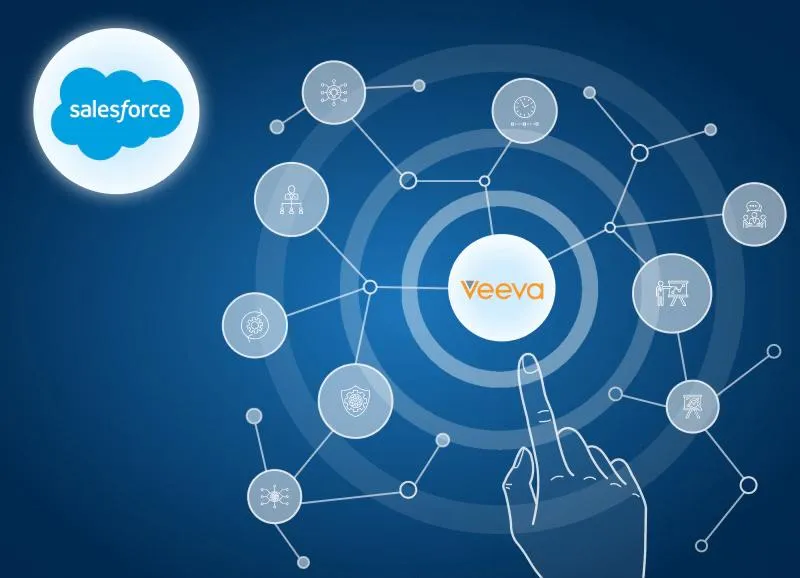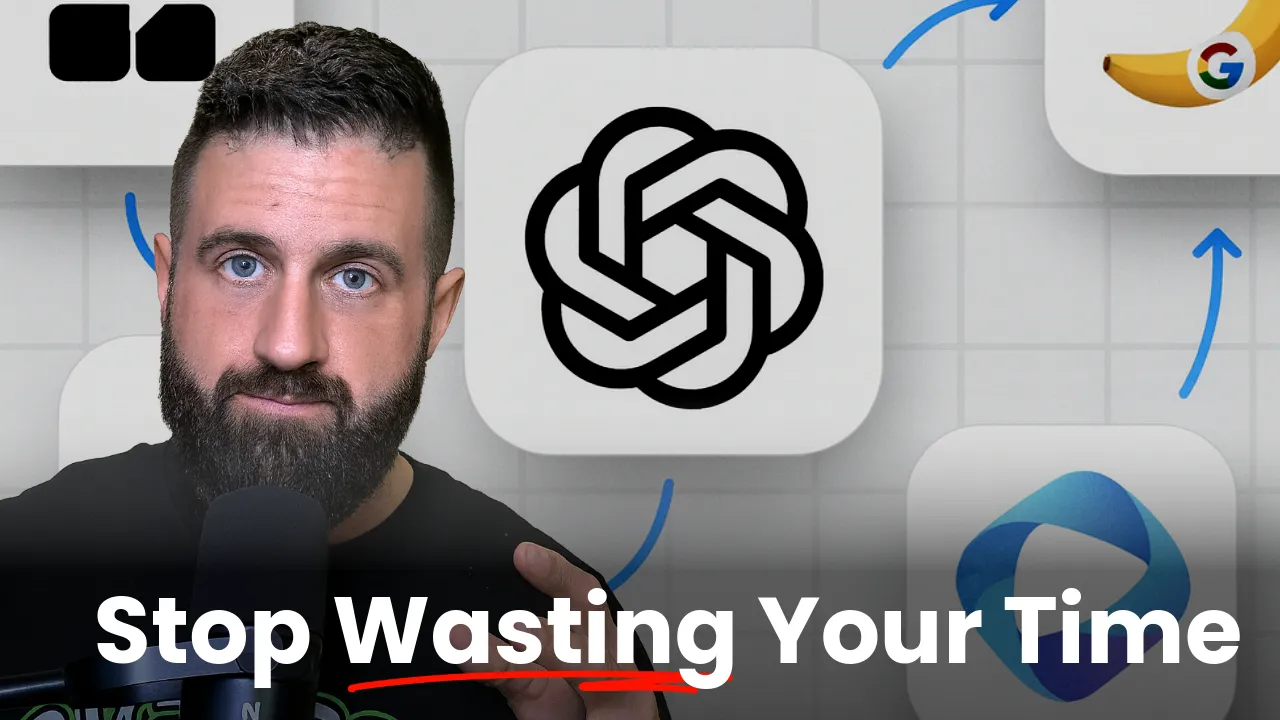Agentforce vs. Vault: How Salesforce’s AI Agents Compare to Veeva’s Structured Workflows
Jun 11, 2025 | 4 min read

AI Agents vs. Structured Workflows
In the life sciences sector, automation is no longer a luxury—it’s an expectation. Whether supporting field reps, MSLs, or commercial operations, organizations rely on CRM platforms to streamline tasks, ensure compliance, and scale engagement. But not all automation is created equal.
Two leaders dominate the conversation: Salesforce’s Agentforce and Veeva Vault’s structured workflows.
At first glance, both support task automation and field effectiveness. But dig deeper, and a clear philosophical difference emerges: Veeva Vault focuses on structured, predefined workflows while Salesforce Agentforce enables adaptive AI agents that learn, respond, and scale in real time.
This blog explores what that difference means in practice—and how life sciences teams can choose the right model for their goals.
Understanding the Difference: Agents vs. Workflows
What is Veeva Vault Workflow Automation?
Veeva Vault workflows are rule-based processes built into the Vault platform. These workflows handle approvals, notifications, task assignments, and routing for core business functions such as:
- MLR content review
- Call reporting
- Document versioning
- Territory alignment approvals
They are structured, auditable, and built for life sciences. Once configured, these processes follow consistent, validated pathways that reduce human error and support compliance.
What is Salesforce Agentforce?
Agentforce is Salesforce’s platform for building autonomous AI agents. These agents:
- Interpret data in real time
- Take actions across systems
- Learn from feedback
- Guide users through complex decisions
Think of Agentforce as a layer of intelligent automation sitting atop Salesforce’s CRM, Service, and Health Cloud ecosystems. Instead of following rigid task flows, agents respond dynamically to context and data inputs—from formulary changes to HCP sentiment to rep activity.
How Veeva Vault Powers Field and Medical Workflows
For organizations prioritizing process consistency and compliance, Veeva Vault workflows offer important advantages.
Key Strengths:
- GxP-validated templates: Vault’s workflows are preconfigured to align with industry regulations.
- Reliable routing: MLR, content distribution, and call logging follow predictable steps.
- Field usability: CRM workflows are familiar to most reps and easy to train.
- Content synchronization: Strong alignment with Veeva PromoMats and MedComms.
Example Use Cases:
- Approving HCP-facing content before launch
- Logging post-call summaries and samples
- Routing medical inquiries to medical information teams
- Managing version control of core scientific documents
Veeva excels in environments where predictability and documentation are paramount. However, workflows must be manually updated as needs evolve—which can limit speed and flexibility.
How Salesforce Agentforce Enables AI-Driven Action
Agentforce introduces a new automation paradigm: not just workflows, but autonomous agents that think and act—powered by Analytics & Insights teams that unify HCP and engagement data across systems.
Key Strengths:
- Real-time responsiveness: Agents adapt to new inputs without reprogramming.
- Low-code configuration: Teams use Flow, Apex, and Prompt Builder to deploy quickly.
- Cross-system action: Agents pull and act on data from CRM, marketing, service, and third-party tools.
- Continuous learning: Agents improve with use, fine-tuning guidance and performance.
Example Use Cases:
- Rep Call Guidance: Before a visit, an agent prepares a contextual brief with prescription data, past engagement, and next best action.
- Medical Inquiry Triage: AI agents route inquiries based on topic, urgency, and HCP profile—suggesting compliant draft responses.
- Territory Optimization: Based on weekly activity and prescription trends, an agent reprioritizes accounts and flags low-engagement risks.
- Event Planning: Agents can suggest KOLs for advisory boards based on scientific activity and field insights.
Where Vault workflows require a human to design a path, Agentforce lets the agent choose the path, within guardrails.
Choosing Between Predictable Structure and Adaptive Scale
So which approach is right for your team?
Choose Veeva Vault Workflows If:
- You prioritize structured, validated processes
- Your needs are mostly stable and regulatory-driven
- Your team values consistency over configurability
- You have limited IT resources for customization
Vault workflows provide peace of mind and reliable execution, especially in MLR-heavy or GxP-validated environments.
Choose Salesforce Agentforce If:
- Your teams need agility and fast decision support
- You plan to scale AI use cases across commercial and medical
- You want automation that evolves with your business
- You’re investing in data unification and next best action logic
Agentforce shines in environments where real-time data and adaptive decision-making are key to growth.
Hybrid Models Are Emerging
Many life sciences organizations are now blending both. Veeva remains the system of record for content and CRM, while Salesforce powers AI-driven insights, engagement, and orchestration.
The two aren’t mutually exclusive—but understanding their roles helps set expectations and optimize use.
Conclusion: Pick the Right Automation for Your Roadmap
Veeva Vault and Salesforce Agentforce represent two philosophies of automation: structured workflow vs. adaptive intelligence.
If you need bulletproof MLR routing and process control, Vault is a trusted platform. If you need scalable, AI-powered automation that learns and adapts, Agentforce offers a more flexible foundation.
Before deciding, ask: What problems are we trying to solve? What level of automation will our team use today? What will we need tomorrow?
Want help exploring which model fits your current workflows and future roadmap?
👉 Book a Discovery Session with CI Health
FAQ
Q: Can Agentforce replace Veeva workflows entirely?
Not always. In regulated content approval or structured CRM activities, Veeva remains essential. Agentforce is better for dynamic decisioning.
Q: How long does it take to deploy an Agentforce use case?
With CI Health, simple agents (e.g., call prep) can be live in 6–8 weeks.
Q: Do I need to leave Veeva to use Agentforce?
No. Many teams run Agentforce alongside Veeva to augment workflows and gain real-time intelligence.



 Gradial
Gradial  PEGA
PEGA 




